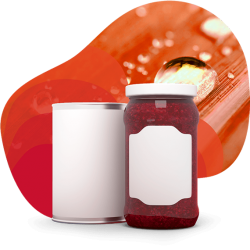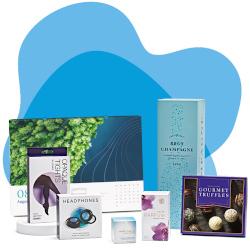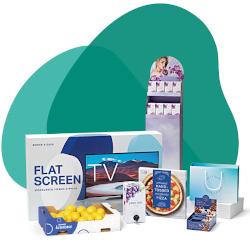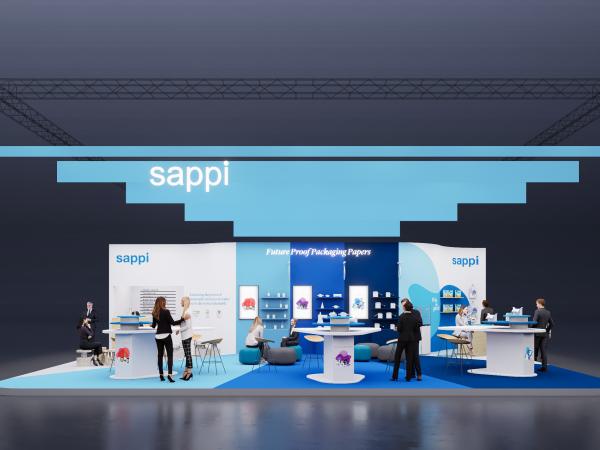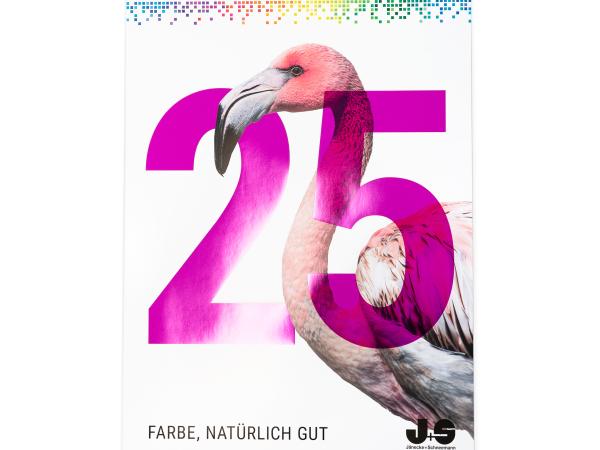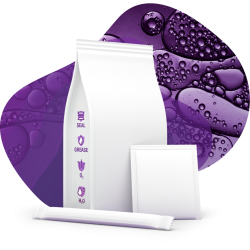
Here’s what you need to know about the “problems” of sustainable packaging solutions
All sustainable solutions have their sceptics – but there some major misconceptions about fibre-based packaging that need correcting

Sustainable packaging is being increasingly adopted by consumers and brands – the industry’s global market size is predicted to almost double in size by 2030 (to reach a value of $728bn). Despite this momentum, there remain many misconceptions around eco packaging that can put companies off from adopting sustainable solutions – even at a time when moving to a circular economy is a critical issue for consumers and regulators alike.
Sustainable packaging can broadly be defined as that which has the least impact on the environment – usually this means products that are recyclable, biodegradable or made from recycled materials when considering packaging design, manufacturing, materials and circularity. Paper-based products fit the bill as they are a renewable source (woodfibre) that can also be recycled.
Myth 1:
Sustainable packaging is only a niche solution
Whatever the changeable political headwinds, studies consistently show that consumers remain concerned about sustainability: a report last year from McKinsey highlighted that more than half of European consumers value environmental factors, such as product recyclability and sourcing, when making purchasing decisions. Meanwhile, a survey by the Harvard Business Review found that 90% of Gen-Z respondents are willing to pay more for sustainable packaging.
Sustainable packaging is also increasingly the preference for many global brands. While some high-profile names have recently recalibrated their ambitious packaging recycling goals, Kellogg’s, for example, is actively working to achieve its goal of having 100% of its packaging either recyclable or compostable by the end of this year. One of the brand’s “three tenets” for achieving this is to “Redesign our packaging to be recyclable or compostable”. In the future, it will likely be those brands that don’t switch to sustainable packaging that will be left behind.
Myth 2:
Sustainable packaging is substandard
Obviously, packaging that can’t protect a brand’s product or prevent it from spoiling is not fit-for-purpose. But make no mistake, modern environmental packaging can be as tough as anything else out there. For example, paper-based honeycomb mailer bags offer the same protection as plastic bubble mailers – with the added benefit of being recyclable. Anyone ordering a package from Amazon in recent months will have noticed the company’s success in rapidly phasing out its plastic bubble mailers in favour of recyclable paper packaging. Fluting (corrugated cardboard) can be made from recycled materials and still maintain its strength, while paper products are sturdy enough to replace plastic containers. That’s why Dutch brand Boxed Water is Better uses a 100% recyclable box made from FSC-certified paper for its water, instead of plastic bottles.
Myth 3:
Sustainable packaging offers poor choice
Recent years have seen a wave of innovation in sustainable packaging – new design features mean the likes of foods, drinks and cosmetics can safely use paper-based alternatives (see myth 2). Available alongside boxes as sustainable packaging options are mailer bags, cartons, wraps and more, all coming in a range of shapes and sizes. Again, many of the big brands are already onboard. Nestlé “remain committed” to making 100% of its packaging recyclable, with its Smarties confectionary range long-since having made the switch to entirely paper-based packaging. Sappi, of course, offers a range of papers suitable for flexible packaging that can be used for food products, many of which have traditionally used plastic packaging (including pastry, sticky sweets, tea, soup and dairy).
Myth 4:
Sustainable packaging all looks the same
Environmental packaging can be just as creative, customisable and fun as traditional packaging. Even water and soy-based inks can provide vibrant colours, but with lower energy consumption and fewer volatile organic compounds. Biodegradable coatings can add textures and effects. Choosing eco options needn’t mean compromising your branding – that’s why iconic UK drinks brand Robinsons offers consumers the option of buying its squash drinks in cartons made from wood fibres rather than plastic bottles. An option that is increasingly leaving plastic Robinsons squash bottles in a minority on supermarket shelves.
Myth 5:
Sustainable packaging is more expensive
According to Zuzanna Mazurek, head of sustainability at custom branded packaging site Packhelp, “This might have been true when companies first turned towards sustainability, but this is no longer a valid argument.” Often, recyclable materials, such as cardboard used for boxes, are more cost-effective than plastic options. But, as Mazurek points out, even where sustainable materials require a greater initial outlay, they can still create savings. For example, eco-packaging often requires less material and is lighter and slimmer – which can save on transportation costs at every stage of a product’s lifecycle. After UK online flower marketplace Floom switched to more environmentally friendly fibre-based packaging, they used 7% less material and benefitted from a 15% cost reduction.

